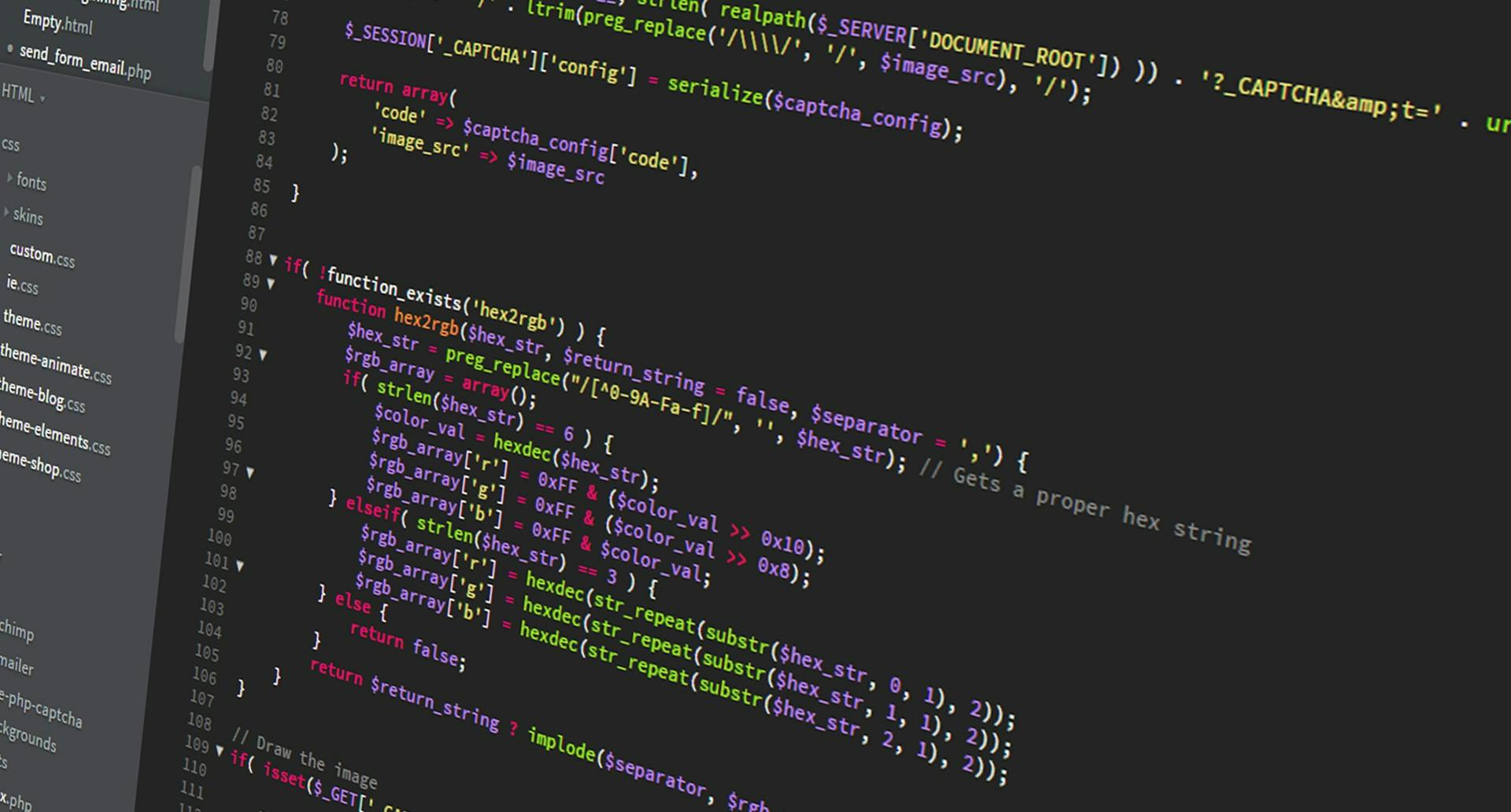Schedule a Demo
jQuery isn't just another JavaScript library; it's a toolkit that enables developers to create dynamic, interactive websites with relative ease. When I work with business owners looking to revamp their online presence, I've often seen first-hand how the application of jQuery can transform a static page into an engaging platform. But beyond just aesthetics, the strategic use of jQuery can improve user experience and, by extension, your site's SEO.
One of the most engaging aspects of jQuery is its ability to add slick animations and transitions. Simple hover effects or the subtle slide-in of a menu can give your site a more polished, professional feel. In my experience, these small touches not only enhance user engagement but can also subtly influence dwell time on a page—a key factor in SEO. However, it's crucial to strike a balance; animations should enhance usability, not detract from it.
In the realm of custom website development, responsive design is non-negotiable. jQuery can be your secret weapon in ensuring that your website's interactive elements work seamlessly across different devices and screen sizes. Whether it's a navigation menu that collapses into a burger icon on mobile or a gallery that adjusts its layout, jQuery helps maintain the flow and integrity of your design.
Forms are the unsung heroes of many websites, especially for e-commerce or lead-generation sites. With jQuery, you can improve form usability with live validation, dynamic field modifications, and interactive feedback. This not only reduces the frustration of users filling out your form but can also decrease bounce rates—an important metric for SEO.
Here's a lesser-known SEO tip: Search engines favor websites with dynamic content. By using jQuery to load content such as testimonials or latest blog posts, you keep your page fresh and relevant. It's a balance, though; make sure the content is indexed correctly by search engines, as some dynamic jQuery content might not be crawlable unless properly set up.
When integrating custom software solutions into a website, jQuery acts as the bridge that allows for seamless interaction between different platforms and systems. From real-time data updates to personalized user experiences based on custom software inputs, jQuery can enhance the functionality of your enterprise solutions. It's a testament to how custom software development can be augmented by thoughtful web design.
jQuery's greatest strength is its ability to enhance without overwhelming. I've worked with clients who, at first, were skeptical of making their site 'too flashy.' However, we've always found a middle ground where jQuery enhancements like smooth scrolling or subtle text animations bring a modern touch without losing the site's core identity or alienating the audience. It's all about understanding your brand and your customers.
While jQuery is incredibly versatile, it can also bog down your site if not used judiciously. To ensure that your custom website is not only interactive but also fast, it's important to optimize jQuery usage. This might include limiting the library's footprint, using compressed versions, or even selectively loading jQuery only on certain pages. Based on available research, optimized performance is crucial to user experience and, consequently, to SEO rankings.
Inclusivity is key in modern web design. jQuery can play a role in creating a more accessible web by dynamically altering content for different users, such as those who navigate the web via screen readers or keyboard navigation. A well-implemented jQuery solution can mean a more inclusive site, which can positively impact your business by reaching a broader audience.
From creating a dynamic pricing calculator for a product page to animating a shopping cart icon as it's filled, jQuery enables business owners to implement creative solutions that engage visitors and potentially convert them into customers. Each use case should align with business objectives, turning visitors into repeat clients through compelling interaction and interactivity.
jQuery might seem daunting to those unfamiliar with it, but as someone who has navigated this learning curve with many clients, I can assure you it's a worthwhile investment. Understanding the basics can empower you to oversee or even contribute to your site's development. There are plentiful resources online, including from notable entities like Mozilla and W3Schools, to guide you along the way.
Technology evolves rapidly, and jQuery is no exception. To future-proof your web design investments, consider how jQuery fits into emerging web standards and frameworks. For instance, many modern custom software development projects leverage JavaScript frameworks that integrate seamlessly with jQuery, allowing your site to stay ahead of the curve.
In closing thoughts, jQuery is a potent tool for enhancing custom websites. It's the knife that not only slices through design challenges but also serves up a feast of user interactions that are both beautiful and functional. My advice? Use jQuery like a chef uses their tools—with precision and care—to ensure it augments your site without stealing the show.
